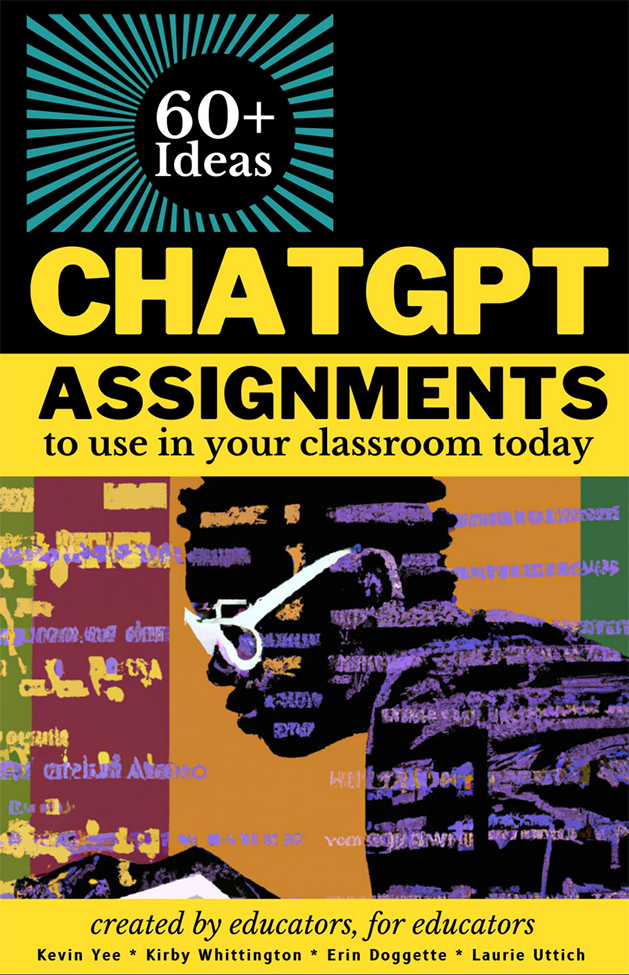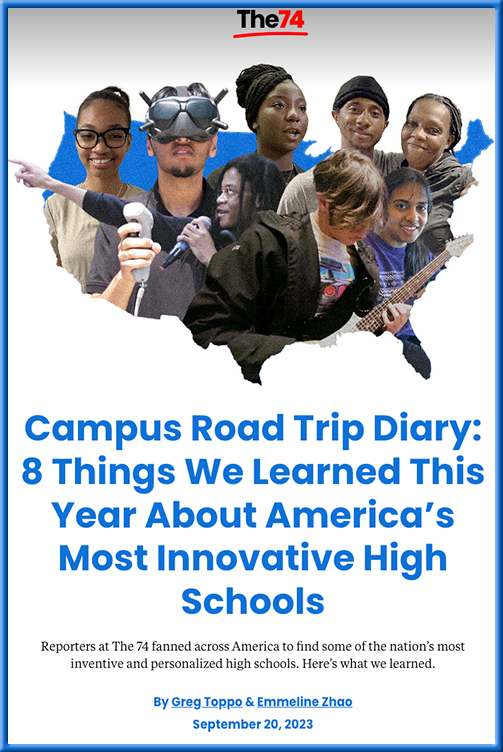AI Is Unavoidable, Not Inevitable — from marcwatkins.substack.com by Marc Watkins
I had the privilege of moderating a discussion between Josh Eyler and Robert Cummings about the future of AI in education at the University of Mississippi’s recent AI Winter Institute for Teachers. I work alongside both in faculty development here at the University of Mississippi. Josh’s position on AI sparked a great deal of debate on social media:
…
To make my position clear about the current AI in education discourse I want to highlight several things under an umbrella of “it’s very complicated.”
Most importantly, we all deserve some grace here. Dealing with generative AI in education isn’t something any of us asked for. It isn’t normal. It isn’t fixable by purchasing a tool or telling faculty to simply ‘prefer not to’ use AI. It is and will remain unavoidable for virtually every discipline taught at our institutions.
If one good thing happens because of generative AI let it be that it helps us clearly see how truly complicated our existing relationships with machines are now. As painful as this moment is, it might be what we need to help prepare us for a future where machines that mimic reasoning and human emotion refuse to be ignored.
“AI tutoring shows stunning results.”
See below article.
From chalkboards to chatbots: Transforming learning in Nigeria, one prompt at a time — from blogs.worldbank.org by Martín E. De Simone, Federico Tiberti, Wuraola Mosuro, Federico Manolio, Maria Barron, and Eliot Dikoru
Learning gains were striking
The learning improvements were striking—about 0.3 standard deviations. To put this into perspective, this is equivalent to nearly two years of typical learning in just six weeks. When we compared these results to a database of education interventions studied through randomized controlled trials in the developing world, our program outperformed 80% of them, including some of the most cost-effective strategies like structured pedagogy and teaching at the right level. This achievement is particularly remarkable given the short duration of the program and the likelihood that our evaluation design underestimated the true impact.
…
Our evaluation demonstrates the transformative potential of generative AI in classrooms, especially in developing contexts. To our knowledge, this is the first study to assess the impact of generative AI as a virtual tutor in such settings, building on promising evidence from other contexts and formats; for example, on AI in coding classes, AI and learning in one school in Turkey, teaching math with AI (an example through WhatsApp in Ghana), and AI as a homework tutor.
Comments on this article from The Rundown AI:
Why it matters: This represents one of the first rigorous studies showing major real-world impacts in a developing nation. The key appears to be using AI as a complement to teachers rather than a replacement — and results suggest that AI tutoring could help address the global learning crisis, particularly in regions with teacher shortages.
Other items re: AI in our learning ecosystems:
- Will AI revolutionise marking? — from timeshighereducation.com by Rohim Mohammed
Artificial intelligence has the potential to improve speed, consistency and detail in feedback for educators grading students’ assignments, writes Rohim Mohammed. Here he lists the pros and cons based on his experience - Marty the Robot: Your Classroom’s AI Companion — from rdene915.com by Dr. Rachelle Dené Poth
- Generative Artificial Intelligence: Cautiously Recognizing Educational Opportunities — from scholarlyteacher.com by Todd Zakrajsek, University of North Carolina at Chapel Hill
- Personal AI — from michelleweise.substack.com by Dr. Michelle Weise
“Personalized” Doesn’t Have To Be a Buzzword
Today, however, is a different kind of moment. GenAI is now rapidly evolving to the point where we may be able to imagine a new way forward. We can begin to imagine solutions truly tailored for each of us as individuals, our own personal AI (pAI). pAI could unify various silos of information to construct far richer and more holistic and dynamic views of ourselves as long-life learners. A pAI could become our own personal career navigator, skills coach, and storytelling agent. Three particular areas emerge when we think about tapping into the richness of our own data:- Personalized Learning Pathways & Dynamic Skill Assessment: …
- Storytelling for Employers:…
- Ongoing Mentorship and Feedback: …
- Speak — a language learning app — via The Neuron
- Voc.Adapt — via The Neuron









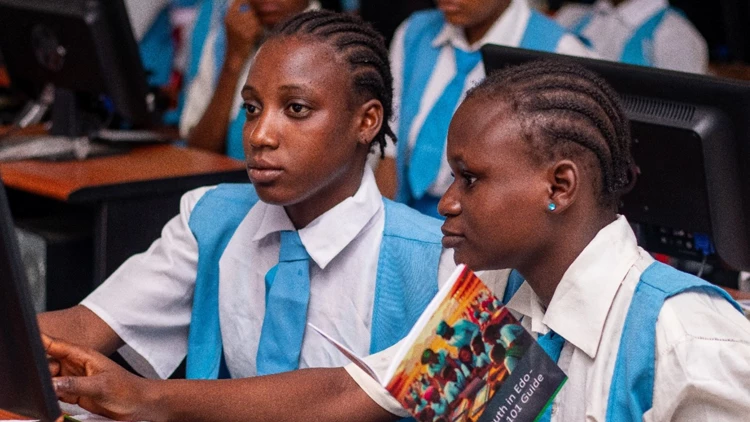

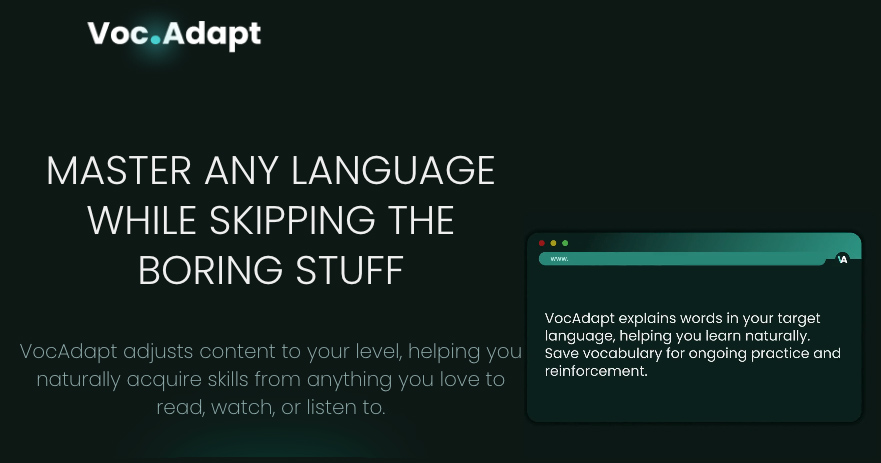

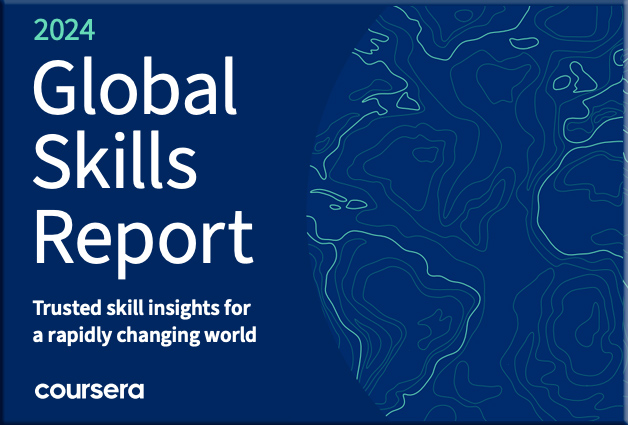
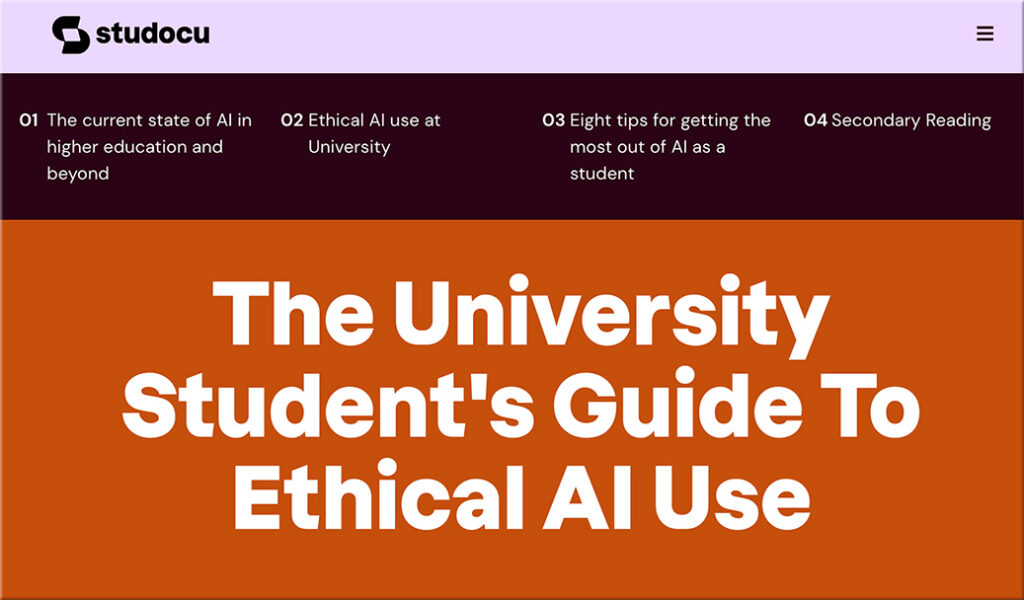
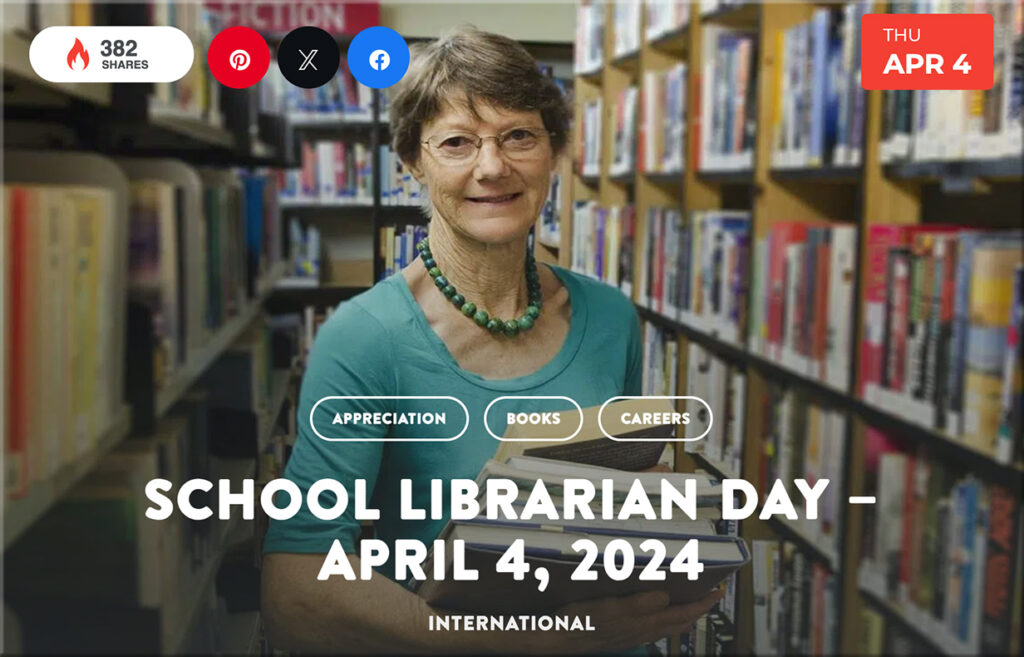
.webp)




